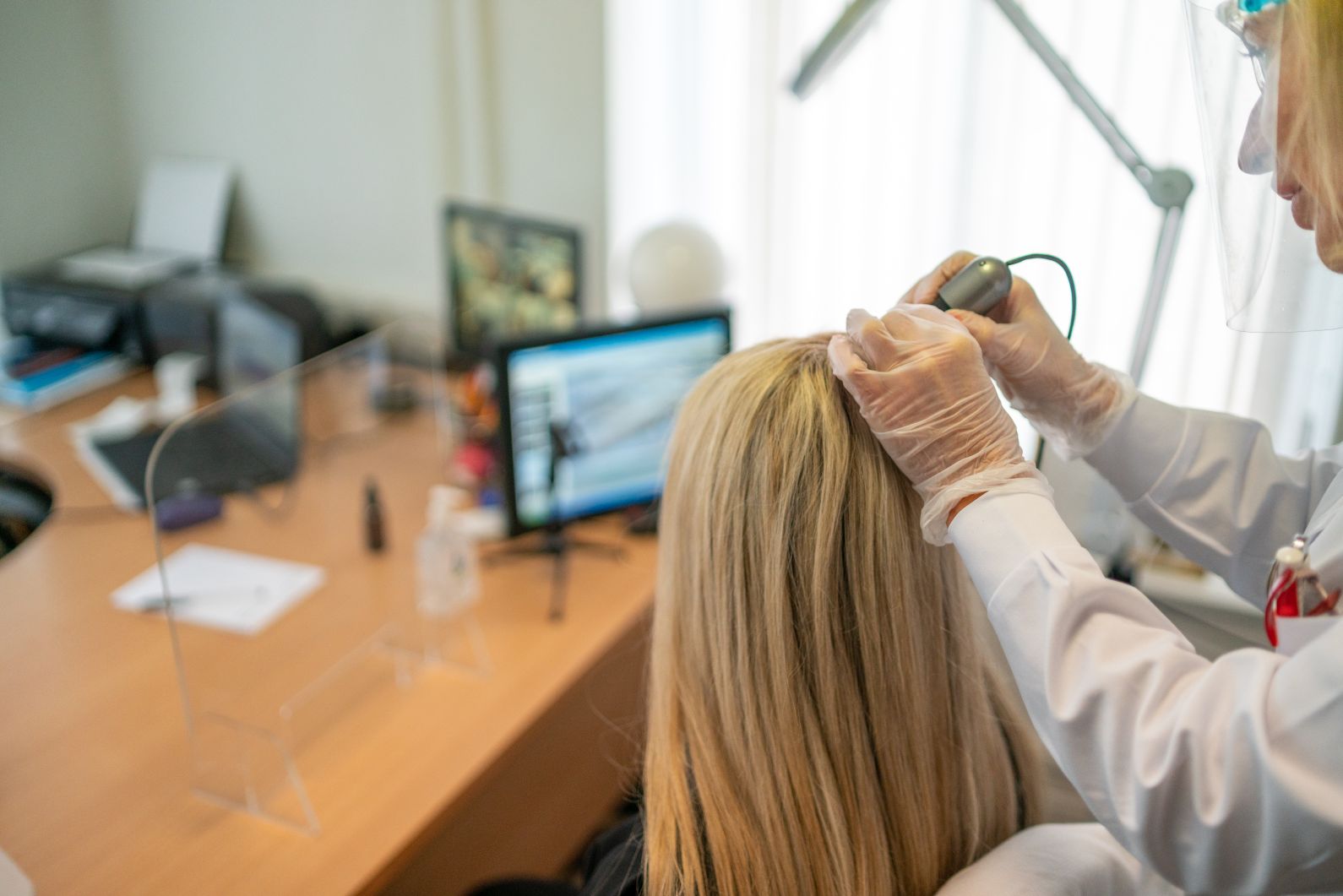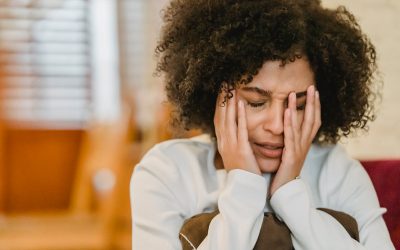Hair loss is a difficult experience for anyone – men, women, children and adult. It can cause emotional distress and make you less confident, withdrawn and even depressed.
It is perfectly okay to feel sad about losing your precious locks, but please do not think that there is nothing you can do about it. Nowadays, treatments are available which can stop or slow down the hair loss.
If you are worried about hair thinning or balding, read on to find out important facts about hair loss treatments that you should know.
Diagnosis First Before Treatment
Hair loss is a symptom of a condition. Treatment cannot commence until the condition that is causing it is identified. Physical examination and laboratory tests are some of the tools used to diagnose hair loss conditions.
The most common cause of hair loss in men and women is a condition called androgenetic alopecia, popularly known as male pattern baldness or female pattern hair loss. Experts believe that genetics play a significant role in this hair loss condition.
No One-Size-Fits-All Hair Loss Treatment Approach
Treatment is dependent on factors such as the patient’s age, the cause of the alopecia and the severity of the thinning. This means that the approach in treating hair loss varies for every person.
So, just because your friend’s hair loss treatment was effective, it does not mean that you can just copy what she did and expect the same result. It may have worked for her but that’s not a guarantee that it’s going to have a similar effect on you.
No Magic Cure for Hair Loss
Some people believe that treating hair loss is the same as treating a fever – you take a pill and in a few hours, your temperature goes down.
The results of hair treatments are not instant. The hair shedding does not immediately stop after applying or taking the medication. Moreover, the hair won’t grow back after a week or two of treatment.
The truth is that it takes quite a while before significant improvements are observed. For example, it can take a year before noticeable hair growth happens when you use topical hair loss medications.
So, never believe products like shampoos claiming to bring back your hair after a week or a month. More importantly, do not use these “magic hair cures” if they were not prescribed by your dermatologist or trichologist.
Non-Invasive and Invasive Hair Loss Treatments
Non-invasive hair loss treatments include topical creams applied directly on the affected area to promote hair growth as well as oral medications that slows down hair loss. There are also medicines prescribed to reduce inflammation, treat infection or strengthen hair.
Laser therapy also falls under the non-invasive category. In this approach, an equipment like a laser comb is used to stimulate blood circulation on the scalp and encourage hair follicles to grow.
Meanwhile, hair transplant surgery is an example of an invasive hair loss treatment. Surgery is typically recommended when medications are not working or when the hair loss is already severe.
Not All Treatments Cure Hair Loss
Some hair loss conditions like male pattern baldness, female pattern hair loss and alopecia areata have no cure. What does this mean? There are no medications or procedures currently available which can stop or eliminate these conditions. What the treatments do instead is address symptoms like hair loss.
To be more specific, the treatments for these types of alopecia are meant to slow down thinning and/or promote hair growth. For these conditions, early treatment is the key to getting better results.
In summary, do not feel helpless about your hair loss condition. There are many effective treatments available these days. All you need to do is to see a qualified specialist to determine which approach is best for your condition.
Are you looking for effective hair loss treatments? Talk to our experienced trichologists and dermatologists to learn about the best way to treat your alopecia. Call us now on +353 (0)1 6793618!



